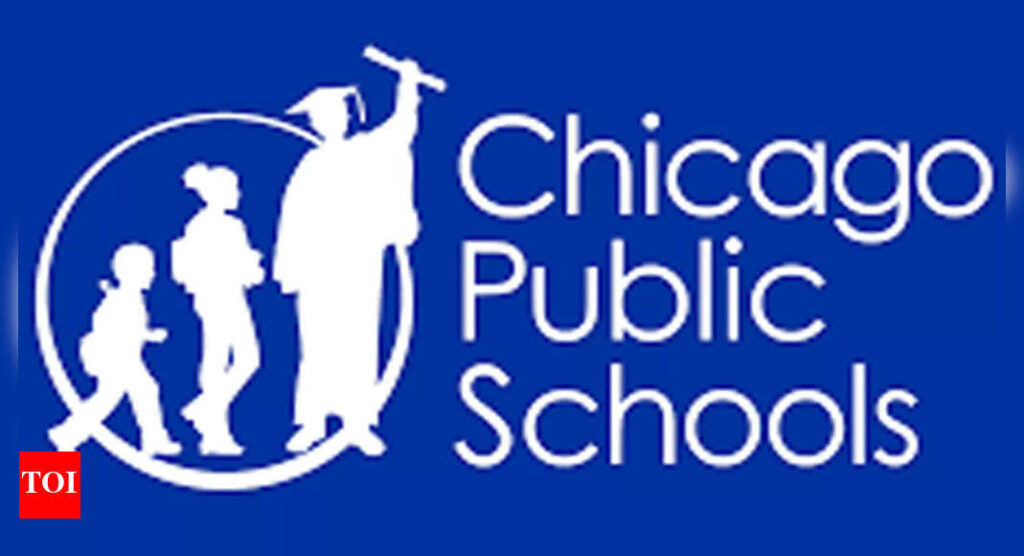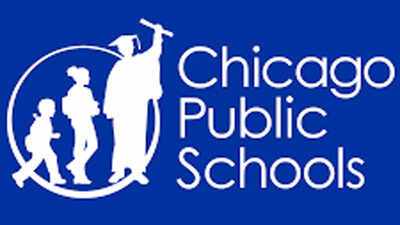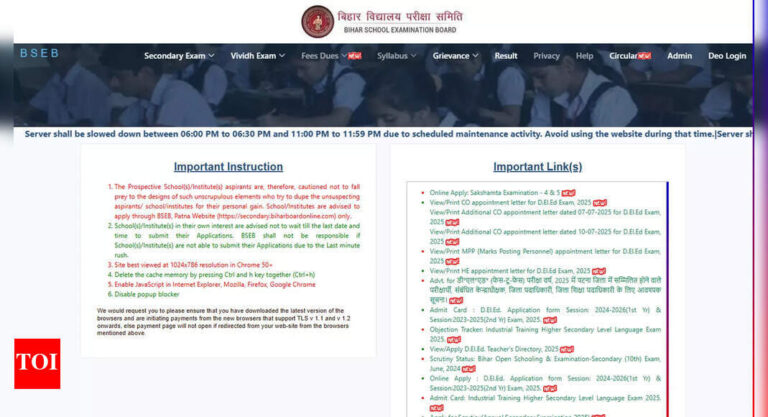
In one of the most sweeping education job cuts seen in recent years, Chicago Public Schools (CPS)—the third-largest school district in the United States—has laid off over 1,450 school-based staff members as it scrambles to reduce a ballooning budget deficit that now stands at $734 million.The layoffs, announced just weeks before the start of the 2025-26 academic year, affect not only classroom teachers but also paraprofessionals, special education support staff, and safety personnel. These cuts come as the district delays its annual budget vote, raising fresh concerns about the financial sustainability of urban public school systems in the U.S.
Who is being laid off?
According to official figures and data analyzed by education outlet Chalkbeat, the layoffs include:
- 432 teachers
- 311 paraprofessionals (including teacher assistants)
- 677 Special Education Classroom Assistants (SECAs)
- 33 security officers
- 5 parent workers
In total, over 1,450 school-based employees have lost their jobs.These reductions have impacted 57% of CPS district-run schools (excluding alternative or specialty schools). The remaining 43% of schools saw no change or even a slight increase in staffing levels, based on school-by-school budgets released Friday.This year’s cuts are comparable to last year’s numbers, when 1,410 staffers were laid off. However, the scale of this year’s budget deficit has triggered new levels of anxiety across Chicago’s education landscape.
What’s driving the budget crisis?
Initially, CPS had projected a deficit of $229 million earlier this year, under then-CEO Pedro Martinez. That estimate was based on the expectation that the district would receive $300 million in additional funding from state and city governments.However, when interim CEO Macquline King took charge in July, she revealed that the shortfall was far worse than expected—by nearly half a billion dollars.The updated $734 million deficit includes:
- Lack of new state or city funding
- Rising operational and staffing costs
- A contentious $175 million pension reimbursement owed to the City of Chicago
- Inflation-related cost escalations in transportation, food services, and energy
- End of federal pandemic-era relief funds (ESSER) that had temporarily bolstered budgets
This fiscal cliff comes at a time when many urban school districts across the U.S. are facing similar challenges: shrinking enrollment, higher special education needs, and rising per-pupil costs.
Retention pools: A partial safety net
CPS has created retention pools for a limited number of staff, primarily to mitigate disruption in special education. According to district officials, up to:
- 123 special education teachers
- 300 Special Education Classroom Assistants
will be retained on payroll and reassigned to schools with staffing gaps over the academic year.However, not all laid-off staff qualify. The retention pools exclude employees with low performance ratings, and there’s no guarantee of reassignment if vacancies don’t open up in time.In previous years, around 80% of laid-off CPS staff eventually found placements elsewhere in the system—but with budget cuts deepening, even that figure is uncertain this year.
Will more cuts follow?
CPS has not ruled out additional rounds of staffing adjustments once enrollment numbers stabilize in the first weeks of school. The district may also choose to borrow funds, though this approach has divided the school board and civic leaders.CPS officials say they are trying to remain “student-centered” and responsive, and may restore positions at schools based on where students actually show up in August and September.However, with no final budget approved and mounting political pressure, schools are preparing for continued uncertainty.For educators, students, and parents, the consequences are real: larger class sizes, reduced special education support, fewer counselors and aides, and more pressure on already stretched teachers.As other cities watch how Chicago navigates its crisis—through cuts, borrowing, or state intervention—this could become a national test case for how America’s school systems survive the next phase of post-pandemic recovery.TOI Education is on WhatsApp now. Follow us here.








